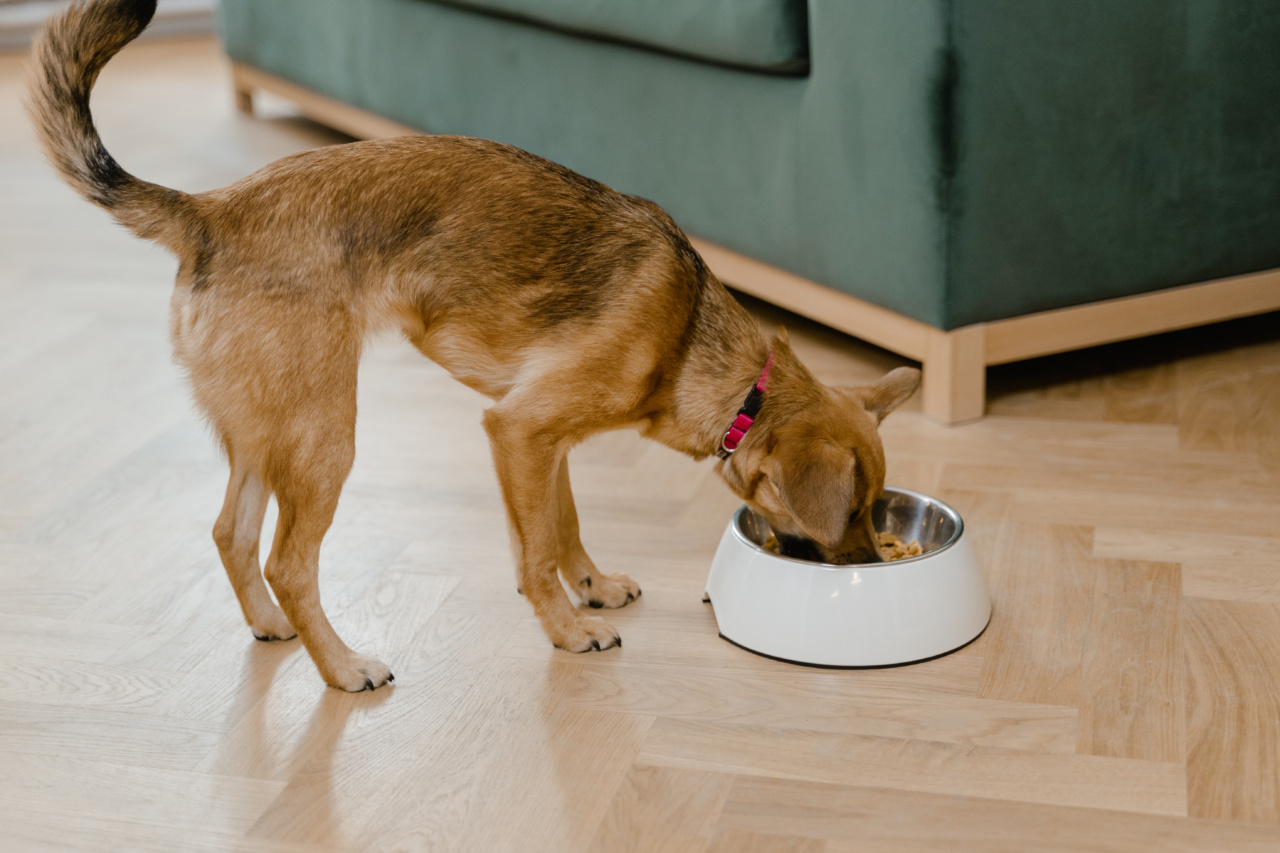As a dog owner, you may have experienced the frustration of watching your furry friend devour everything in sight, including items that are not meant to be consumed.
From socks and toys to rocks and plants, dogs have a tendency to explore the world with their mouths.
Understanding the Reasons Behind Your Dog’s Behavior
Before we delve into the strategies to prevent your dog from eating non-food items, it is important to understand why they engage in this behavior in the first place. Here are some common reasons:.
1. Boredom
Dogs are intelligent and curious creatures. If they lack mental and physical stimulation, they may resort to exploring their surroundings through chewing and swallowing non-food items.
2. Anxiety
Some dogs may eat non-food items as a coping mechanism for anxiety or stress. This behavior provides them with comfort and distraction from their negative emotions.
3. Nutritional Deficiencies
In some cases, dogs may consume non-food items due to nutritional deficiencies. This is more common in dogs that are not provided with a well-balanced diet or have specific dietary restrictions.
4. Attention-seeking Behavior
Dogs crave attention from their owners. If they get scolded or receive other forms of attention when they consume non-food items, they may continue engaging in this behavior to seek attention from you.
Preventing Your Dog from Eating Non-Food Items
Now that we understand some of the underlying reasons, let’s discuss effective strategies to prevent your dog from consuming non-food items:.
1. Provide Sufficient Mental and Physical Stimulation
One of the key ways to prevent boredom-related chewing is to ensure that your dog receives adequate mental and physical exercise. Engage them in interactive play sessions, provide puzzle toys, and take them for regular walks or runs.
2. Create a Safe and Dog-Friendly Environment
Make sure your home is free from tempting non-food items. Keep shoes, socks, and other small objects out of your dog’s reach. Use baby gates or crates to limit access to certain areas of your home where they may find potential objects to chew on.
3. Use Positive Reinforcement Training
Teach your dog the “leave it” or “drop it” commands. Reward them with praise, treats, or a favorite toy when they comply with your command.
Consistent positive reinforcement will reinforce the desired behavior and discourage them from ingesting non-food items.
4. Ensure a Balanced Diet
Consult your veterinarian to ensure that your dog is receiving a well-balanced diet that meets their nutritional needs. If necessary, consider adding supplements to address any nutritional deficiencies.
5. Provide Appropriate Chewing Alternatives
Dogs have a natural instinct to chew, so provide them with appropriate chewing toys or treats. This will redirect their chewing behavior towards safe and dog-approved items.
6. Manage Anxiety and Stress
If your dog engages in non-food item consumption due to anxiety or stress, consult a professional dog trainer or behaviorist.
They can help identify the root cause and provide strategies to manage your dog’s anxiety, which in turn may decrease their urge to eat non-food items.
7. Be Consistent with Disciplining
When you catch your dog in the act of trying to eat a non-food item, divert their attention and firmly say “no” or use a cue word. However, avoid using physical punishment, as it can lead to fear or aggression.
Consistency in discipline will help your dog understand that this behavior is undesirable.
8. Supervise and Restrict Access
If your dog has a history of eating non-food items, it is important to closely supervise them, especially during their early training stages.
Keep them on a leash or use a muzzle, if necessary, to prevent them from ingesting potentially harmful objects.
9. Consult with a Veterinarian
If your dog’s behavior persists despite your efforts, it is essential to consult with a veterinarian. They can rule out any underlying medical conditions or offer additional advice tailored specifically to your dog’s needs.
10. Seek Professional Help
In severe cases where your dog’s non-food item consumption poses a serious risk to their health, it may be necessary to seek professional help from a certified dog behaviorist or trainer.
They can provide advanced methods and guidance to address the issue effectively.






























